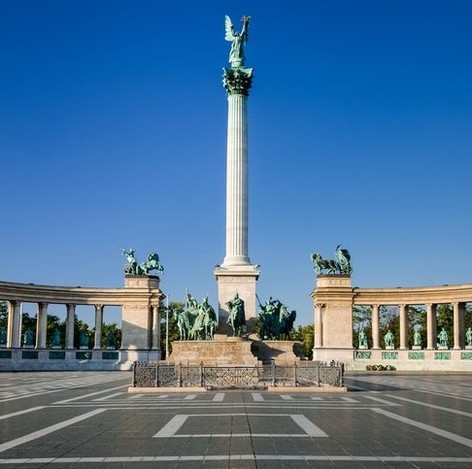


Budapest, the capital of Hungary, is considered by many to be the "Paris of the East." Not only is this beautiful city one of the most culturally important metropolises in Eastern Europe, it's also home to numerous UNESCO World Heritage Sites. Straddling the River Danube, Budapest is famous for its thermal springs, some of which have been used for therapeutic purposes since prehistory. In fact, Budapest has so many things to do that you'll want to spend at least a few days exploring this dynamic city. Popular attractions range from impressive architecture and poignant reminders of 20th-century history to its vibrant cultural and entertainment scene, with everything from street buskers to classical concerts in beautiful churches. Budapest is also a shopper's paradise, from the traditional wares and foodstuffs available at the grand old Central Market Hall to Vaci Street, noted for its mix of luxury boutique stores and big brand names. Whatever your sightseeing preferences, get the most out of your Hungary travel itinerary with our guide to the top tourist attractions in Budapest, Hungary.
Hungary has a fascinating cultural heritage which is reflected in its architecture and people. Visitors to Budapest in particular are treated to ruins and religious buildings dating back hundreds of years, with a fascinating mix of different cultural influences they display the development of Hungary's character as it is today. Due to Hungary's nomadic history, fine arts developed in strong interaction with European art, and although they always reflected European tendencies, they have retained a strong character of their own. Budapest is a cultural hotpot brimming with museums and galleries, throughout the year public events pop up all over the city. Many popular attractions are pleasantly affordable or free, meaning backpacker budgets will stretch even further. Budapest has a remarkable concentration of thermal springs cementing it as a top European spa location.




